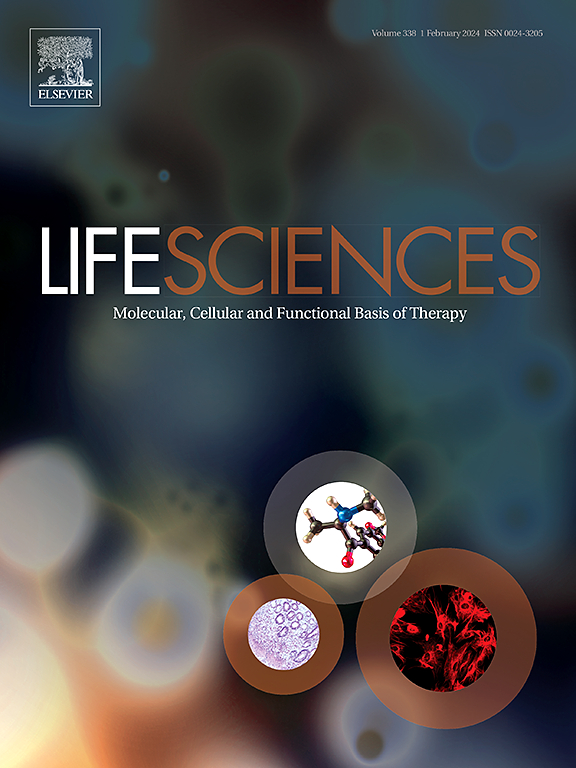Identification of biomarkers associated with macrophage polarization in diabetic cardiomyopathy based on bioinformatics and machine learning approaches
IF 5.2
2区 医学
Q1 MEDICINE, RESEARCH & EXPERIMENTAL
引用次数: 0
Abstract
Background
Numerous studies have investigated the role of macrophages in the pathogenesis of diabetic cardiomyopathy (DCM); however, the underlying mechanisms remain unclear.
Methods
The DCM dataset (GSE62203) was downloaded from the GEO database. DEGs and WGCNA key module genes were identified. Macrophage polarization-associated genes were obtained from the GeneCards database. GO and KEGG functional enrichment were constructed. Two machine learning techniques, LASSO logistic regression and random forest, were further used to identify hub genes. The diagnostic efficiency was evaluated using ROC curves. Single-gene GSEA investigated the biological functions. Then, the relationship between hub genes and macrophage pathways was explored. Predicted Transcription factor (TF), miRNA, and lncRNA. Single cell sequencing analysis was performed. Finally, experimental validation of the hub genes using the DCM rat model.
Results
Three hub genes (PGK1, LDHA, EDN1) were identified through machine learning approaches. All three hub genes were found to be associated with the HIF-1 signaling pathway. Functional enrichment analysis revealed that the HIF-1 signaling pathway and Glycolysis/Gluconeogenesis are potentially linked to DCM-induced macrophage polarization. The mRNA and protein expression levels of the hub genes were consistent with the bioinformatics analysis. Furthermore, mRNA expression of the hub genes showed a positive correlation with CD80 and CD86.
Conclusion
PGK1, LDHA, and EDN1 represent potential biomarkers for M1 macrophage polarization in DCM. These genes may facilitate M1 macrophage polarization in DCM. Targeting macrophage polarization could represent a novel therapeutic strategy for DCM.
求助全文
约1分钟内获得全文
求助全文
来源期刊

Life sciences
医学-药学
CiteScore
12.20
自引率
1.60%
发文量
841
审稿时长
6 months
期刊介绍:
Life Sciences is an international journal publishing articles that emphasize the molecular, cellular, and functional basis of therapy. The journal emphasizes the understanding of mechanism that is relevant to all aspects of human disease and translation to patients. All articles are rigorously reviewed.
The Journal favors publication of full-length papers where modern scientific technologies are used to explain molecular, cellular and physiological mechanisms. Articles that merely report observations are rarely accepted. Recommendations from the Declaration of Helsinki or NIH guidelines for care and use of laboratory animals must be adhered to. Articles should be written at a level accessible to readers who are non-specialists in the topic of the article themselves, but who are interested in the research. The Journal welcomes reviews on topics of wide interest to investigators in the life sciences. We particularly encourage submission of brief, focused reviews containing high-quality artwork and require the use of mechanistic summary diagrams.
 求助内容:
求助内容: 应助结果提醒方式:
应助结果提醒方式:


